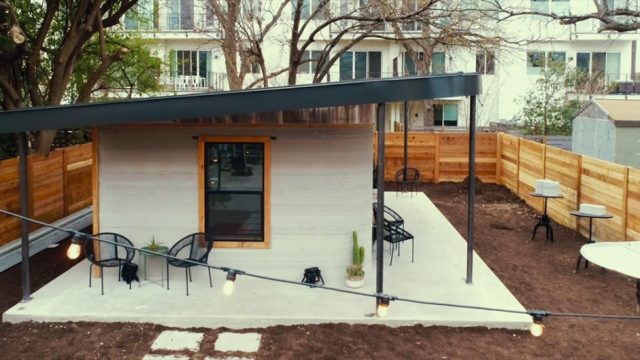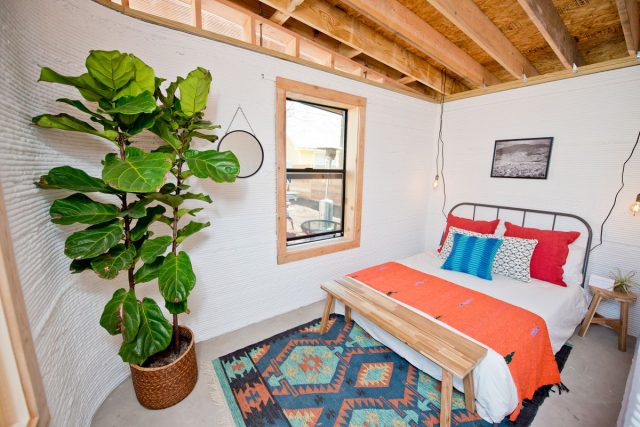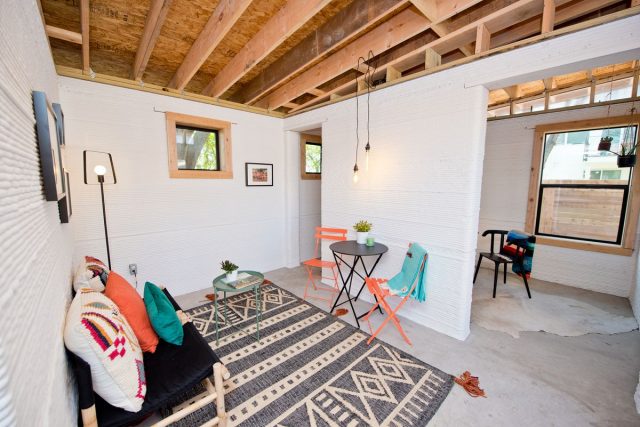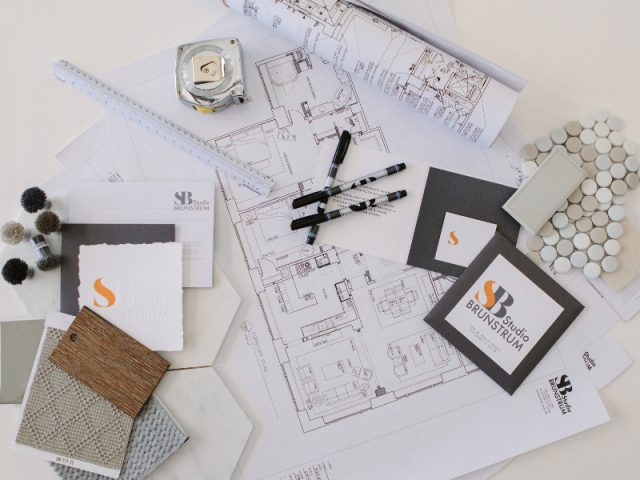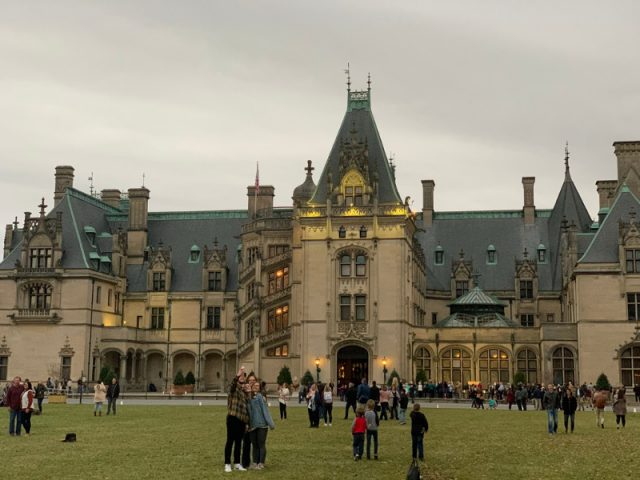
Home Tech Trends for 2018 and Beyond
September 12, 2018
Integrated home technology is changing and shaping the way we create and live in our homes. Here are just a few tech trends that are only going to get bigger in the next few years.
As technology continues to advance, our homes and lives are more connected than ever. It’s now the norm to adjust lights or heating in your home or even lock the front door with an app on your phone, or have your coffee maker synced to your Fitbit to start brewing when you wake up in the morning.
Interior designers need to be on the forefront of technology trends to anticipate our clients’ needs. And this new wave of integrated home-based technology is in its infancy.
A few trends you may want to know about, and consider adding to your home…
Above, left: Amazon; Above, right: Google
Smart Home Compatibility
It seems like everyone has a Google Home or Amazon Alexa system. In fact, nearly one in five U.S. adults have a “smart speaker” – which is approximately 47.3 million people, or 20 percent of the U.S. adult population. Considering these devices did not even exist two years ago, I’d call that market ownership!
And with technology, a new wave of “smart home” compatible appliances, speakers, and even lights bulbs have emerged that allow you to control your home with the push of a button.
GE Appliances has a range of dishwashers, ovens and refrigerators that connect to WiFi and allow you to easily start the dishes, adjust oven temperature, preheat the oven, or see what leftovers are in your fridge. And you can check from anywhere!
Philips Hue smart bulbs connect to their app to allow you to adjust the lights in every room, change the color and lighting profiles, or even set them to turn a different color when you receive a phone call or text message. And you don’t need to undergo pricey installation or hardwiring, as the smart bulbs screw right into standard fixtures.
There is a myriad of appliances and products that connect to your phone, Alexa or Google Home to make life easier, from video-connected doorbells to bathroom mirrors and everything in between. I predict we’ll continue to see a monumental shift towards a home and everything in it being connected and controlled with an app.
Photos via ICON; Design by BANDD Designs
3D Printing
Another huge advancement in recent years has been that of 3D printing capabilities. Materials, hardware, appliances and even entire homes are being 3D printed as a cost-effective and eco-friendly solution.
The construction company ICON partnered with New Story, a San Francisco-based non-profit, to develop a 3D printed tiny house that can be completed in 24 hours for only $4,000. It began as a solution for underdeveloped nations and areas with a high homeless population, but the design and technology implications going forward could be massive.
The tiny homes range in size from 600 to 800 square feet, and feature a living room, bedroom, bathroom and covered porch. Stylistically, they have a long way to go, but it makes me wonder about the future – will we be 3D printing all our homes in 10 years?
Sustainable Materials and Green Design
Using sustainable and eco-friendly materials in design is becoming more prevalent as conversations around climate change reach an all-time high.
Generation X-ers are more concerned than ever about wholistic design solutions and homes that cater to whole-life wellness. They want their homes to be eco-friendly, energy efficient and conducive to a healthy lifestyle. As a result, they’re frequently seeking out extreme energy efficient solutions such as super-insulating materials and passive solar energy design.
In January, California became the first state to mandate that all new homes produce net zero energy – by generating as much electricity as they use – by 2020. Energy efficiency will be more important than ever as more states follow suit.
As technology develops at a dizzying pace, it’s vital that the interior design industry adapts and evolves to meet clients’ needs. It will be interesting to see how artificial intelligence, interconnectivity and sustainability change and shape how we live our lives. I’m excited about what’s next – which technology platform will completely change the interior design community?

Share
You Might Also Like
Find us on Instagram




